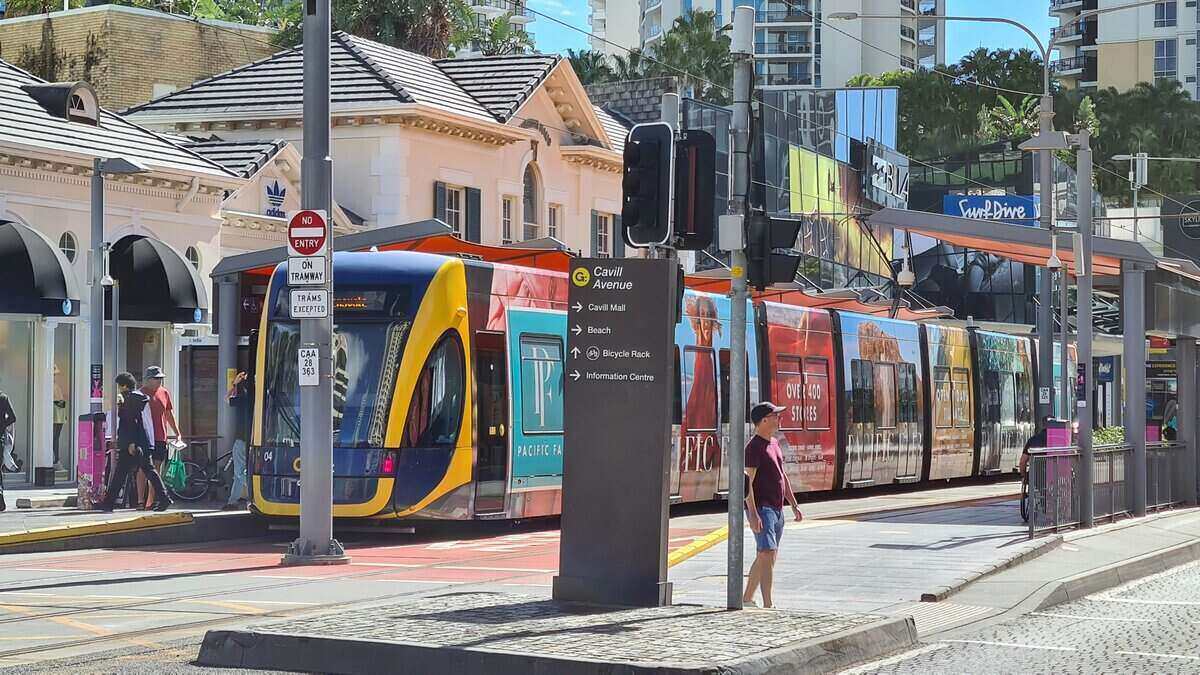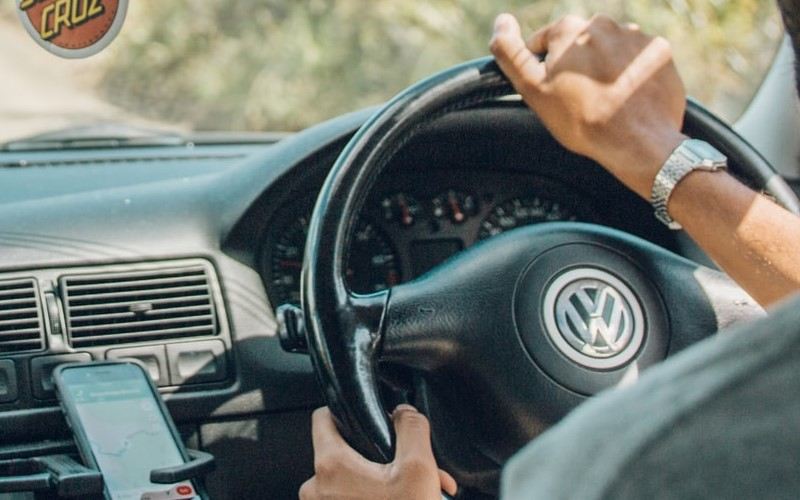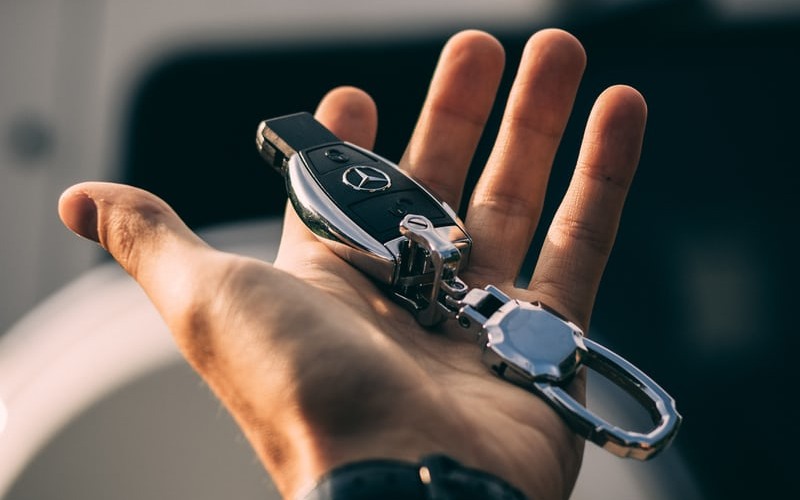The New Vehicle Efficiency Standard (NVES) will kick in from 2028, imposing a limit on CO2 emissions across all the vehicles a manufacturer brings to the country.
It will bring Australia in line with most developed economies across the world, but the opposition and the Federal Chamber of Automotive Industries (FCAI) have warned it could drive up ute and SUV prices.
The FCAI has calculated a projected cost of up to $39 billion by 2030 based the penalties that could apply if consumers don't change their preferences under the new rules.
Industry voices and Coalition members are warning this could translate to significant price increases to some of Australia's favourite vehicles.
In January, 55.5% of new car sales in Australia were large, generally higher emission vehicles like utes and SUVs.
Prime Minister Anthony Albanese has hit back this time though, dismissing suggestions these new standards would make utes and SUVs more expensive.
"People can drive whatever vehicles they like. All we’re doing here is bringing our emission standards to the same level by 2028 that the United States of America has had in place for some time," he told 5AA Adelaide radio on Thursday.
The Electric Vehicle Council of Australia has also responded, saying the FCAI should retract "completely unrealistic" modelling about how much prices will increase.
"Anyone who knows anything about how efficiency standards actually work across the globe would recognise the FCAI’s public claims about price are not honest or credible," EVC chief executive Behyad Jafari said.
"The idea that any model would shoot up by any significant amount can only be supported if you base you modelling on completely unrealistic assumptions, which is exactly what we now see the FCAI has been doing."
Internal FCAI documents from 2022 suggest changing consumer preferences could mitigate these price changes; more Australians opting for low emission vehicles could mean less penalties for high emission vehicles.
In the lead up to the 2019 federal election, Prime Minister Scott Morrison accused then-Labor leader Bill Shorten of wanting to 'end the weekend' with his goal of electric vehicles making up half of all new car sales by 2030.
How efficiency standards will work
Under the new rules, every car manufacturer will have a limit on emissions from the entire fleet of cars it delivers to Australia each year.
That means gas guzzlers like utes can still be sold, but will need to be offset by lower emission sales, and will need to meet standards for their class.
If there is a broad shift towards electric vehicles in Australia, those who needed to could still buy a Hilux, for example, while their emissions would be offset as Toyota sold more cars with a lower CO2 output.
Mr Jafari says this is likely to happen, as the range of electric vehicles on offer in Australia improves.
"Australia has always been at the back of the queue when it comes to the best and cheapest electric vehicles because car makers have been incentivised to offer them elsewhere first," he said.
"That should end now with this policy and Australia should notice the change very quickly."
The opposition has scorned this idea though, saying it effectively amounts to a tax on families and tradies.
"Slapping thousands of dollars on to the purchase price of the most popular family vehicles only makes life harder for middle Australia," said Ted O'Brien, Shadow Minister for Climate Change and Energy.
"Labor’s proposal fails to get the balance right between price, consumer choice and emissions – and it will be everyday Aussie families wearing the costs."
Picture by Zac Edmonds on Unsplash



 Denise Raward
Denise Raward
 Harry O'Sullivan
Harry O'Sullivan

 Jacob Cocciolone
Jacob Cocciolone


